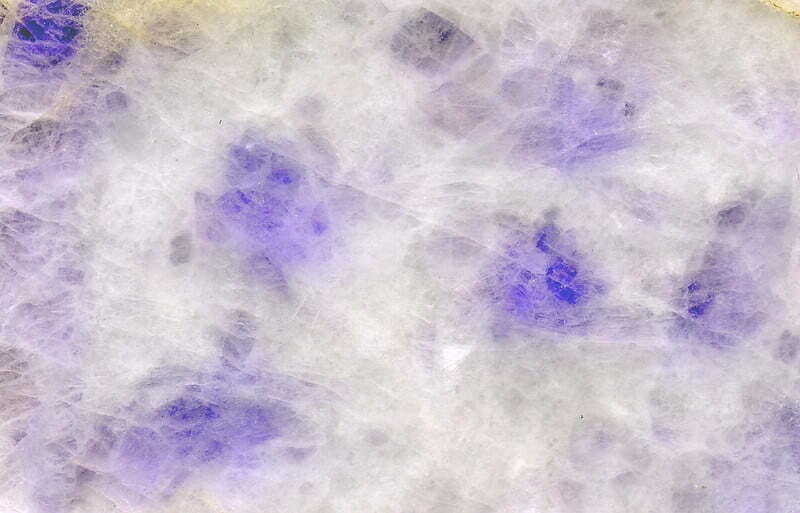Jade Meaning: A Journey Through Symbolism and Significance
Jade, an enchanting gemstone, has long been revered for its beauty and significance in cultures worldwide. Traditionally associated with virtues such as purity, wisdom, and tranquility, jade is often referred to as the “Gem Supreme.” The word “jade” itself is derived from the Spanish term “piedra de ijada,” which means “stone of the side,” as it was believed to cure kidney and side ailments. In Chinese culture, jade is known as “yu,” which translates to “heavenly” or “imperial.”
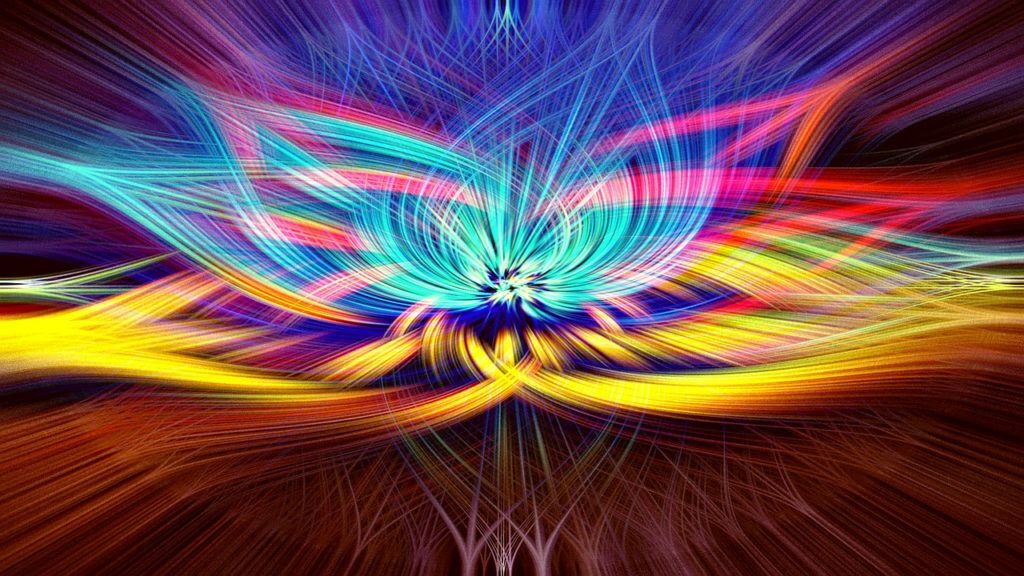
The Meaning and Symbolism of Jade
Green Jade Symbolism
While jade is available in various colors, green jade is the most popular and sought-after shade. Green is believed to symbolize growth, balance, and harmony. It represents the natural world and its rejuvenating energy. Green jade is also associated with good luck, fortune, and protection from harm. Wearing or carrying green jade is thought to attract positive energy, promote emotional healing, and enhance one’s connection to nature.
Cultural Symbolism
The Jade Hei-Tiki of the Maori
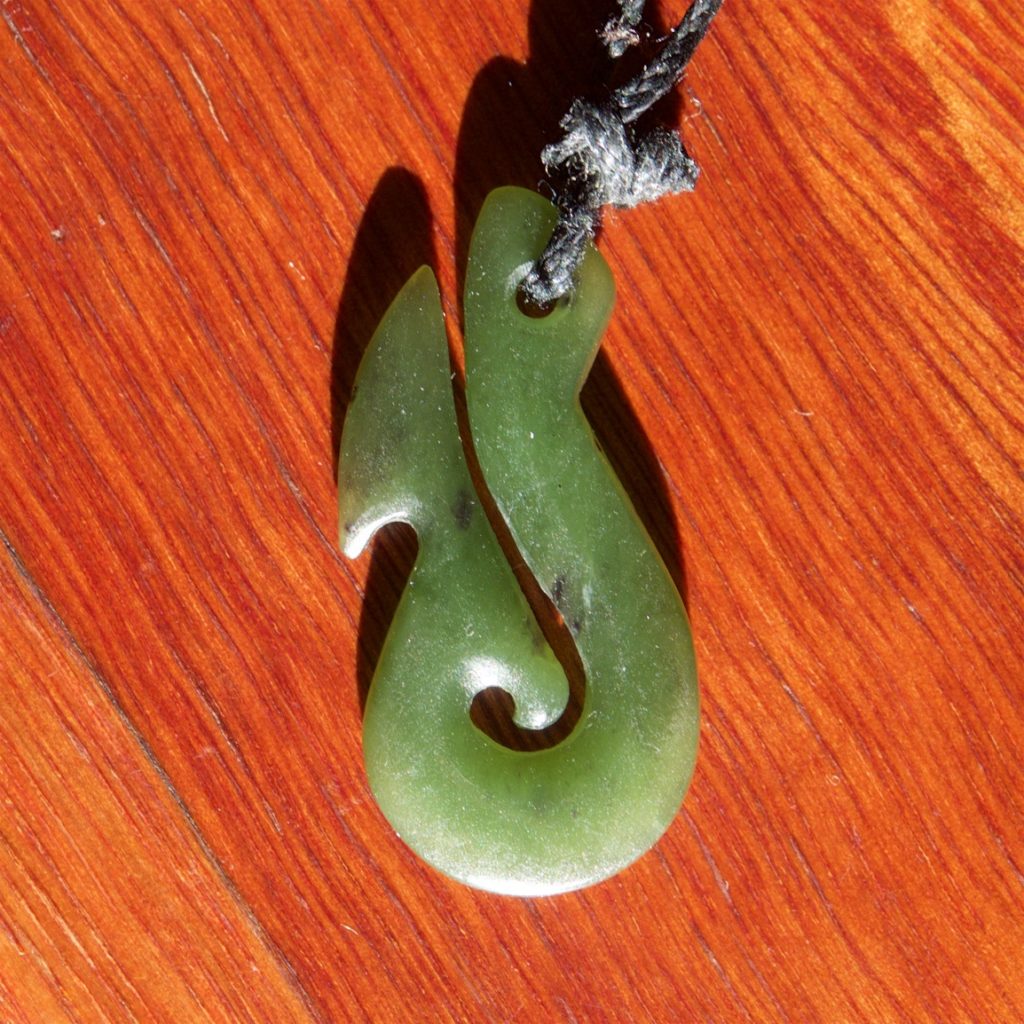
The Maori people of New Zealand have long cherished jade, or “pounamu,” for its beauty and spiritual significance. One of the most recognizable symbols of Maori culture is the hei-tiki, a carved pendant made from jade. The hei-tiki is thought to represent fertility and protection, and is often handed down through generations as a treasured family heirloom. Wearing the hei-tiki is believed to bring good fortune and safeguard against evil spirits.
Jade Symbolism and Music
In Chinese culture, jade’s connection to music is an important aspect of its symbolism. Confucius, the ancient Chinese philosopher, believed that jade possessed the qualities of a virtuous individual. He said, “The wise have likened jade to virtue. For them, its polish and brilliancy represent the whole of purity; its perfect compactness and extreme hardness represent the sureness of intelligence; its angles, which do not cut, although they seem sharp, represent justice; the pure and prolonged sound, which it gives forth when one strikes it, represents music.”
Jade as a Birthstone
Jade is also considered a birthstone for those born in March, although the more traditional birthstone for this month is aquamarine. As a birthstone, jade is believed to bestow the wearer with the virtues it symbolizes, such as wisdom, purity, and harmony. Wearing jade as a birthstone is said to protect against negative energy, encourage personal growth, and bring good fortune.
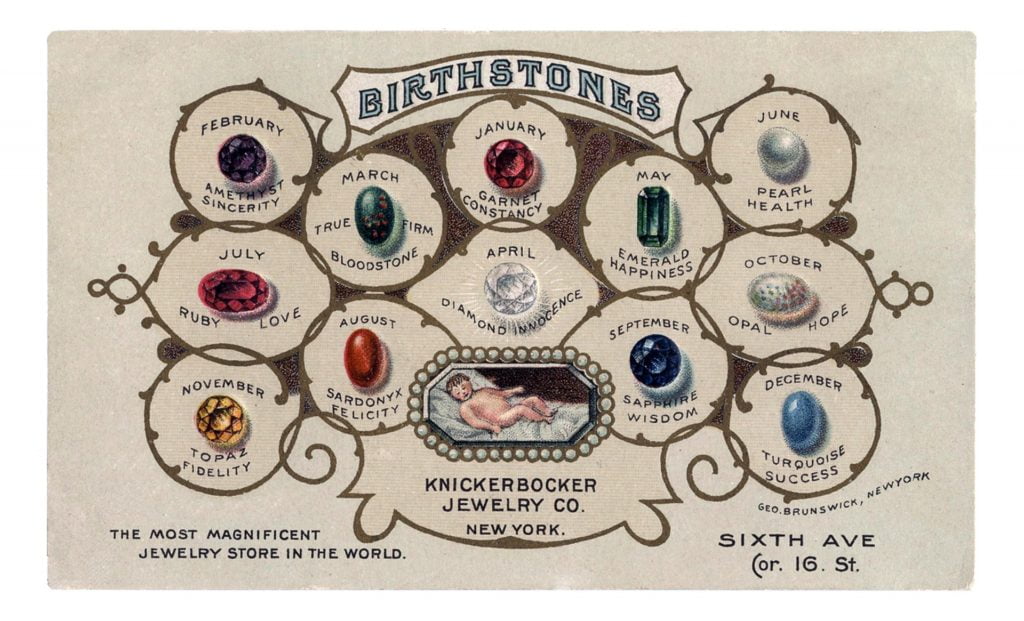
The Colors and Varieties of Jade and their Meanings
Each jade color and variety hold a unique meaning, making it a versatile and powerful stone.
Imperial Jade Meaning
Imperial jade, a vivid emerald green shade, is the most valuable and sought-after variety of jade. It symbolizes prosperity, abundance, and purity. This gemstone is believed to bring its wearer success, wealth, and good fortune. It is also considered a powerful talisman for protection against harm and negativity.
Blue Jade Meaning
Blue jade is associated with tranquility, peace, and communication. It is believed to help improve self-expression, enhance emotional balance, and foster clear and honest communication. Blue jade can also encourage spiritual growth and inner reflection, making it an ideal stone for meditation and introspection.
White Jade Meaning
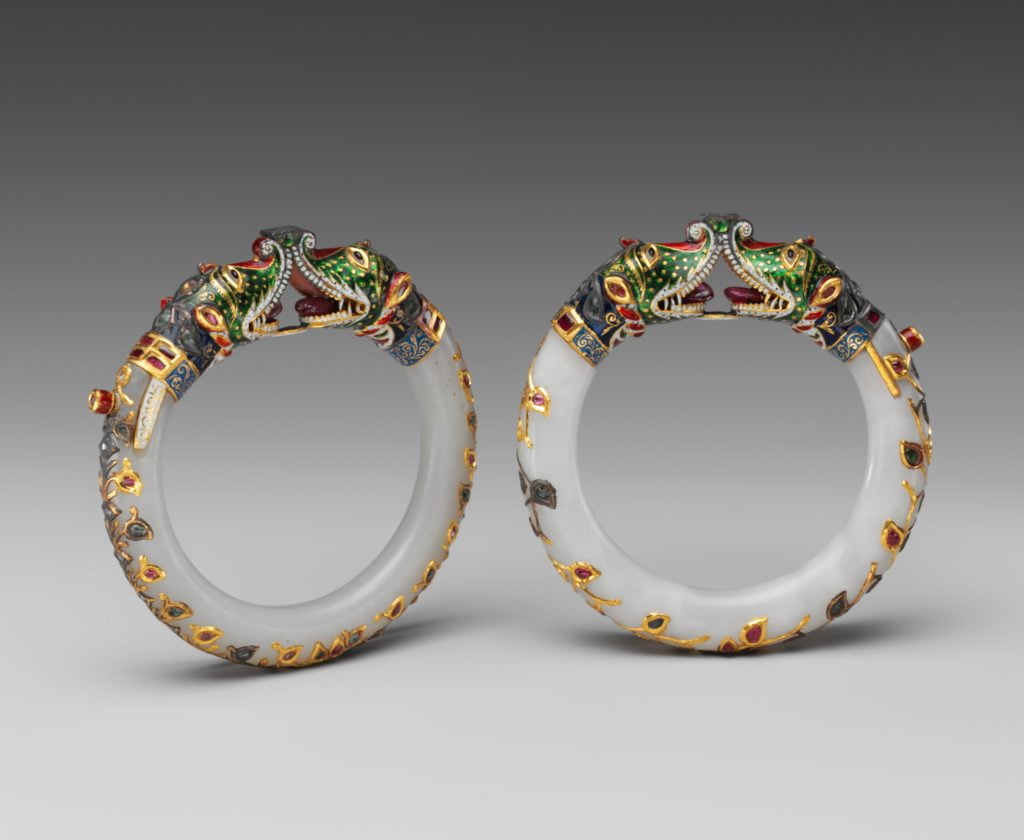
White jade represents purity, innocence, and spiritual growth. It is thought to help cleanse and purify one’s energy, protect against negative influences, and promote emotional healing. White jade is also associated with clarity of thought and decision-making, making it an excellent stone for those seeking guidance and direction in their lives.
Red Jade Meaning
Red jade symbolizes passion, energy, and vitality. It is believed to enhance motivation, courage, and willpower, helping its wearer face challenges and overcome obstacles. Red jade can also help balance emotions, release negative energy, and promote self-confidence.
Black Jade Meaning
Black jade is a powerful protective stone, shielding its wearer from negative energy and psychic attacks. It symbolizes strength, resilience, and grounding. Black jade is thought to help dispel fears, anxieties, and self-doubt, allowing one to embrace their inner power and move forward with courage and determination.
Yellow Jade Meaning
Yellow jade represents wisdom, happiness, and positivity. It is believed to attract joy, abundance, and good fortune into one’s life. Yellow jade can also help stimulate creative thinking, enhance decision-making, and promote a sense of optimism and enthusiasm.
Lavender Jade Meaning
Lavender jade symbolizes spiritual growth, love, and compassion. It is thought to help open the heart chakra, encouraging one to give and receive love and nurturing. Lavender jade can also enhance intuition, promote emotional healing, and foster spiritual awakening.
Orange Jade Meaning
Orange jade embodies warmth, creativity, and emotional balance. It is believed to inspire confidence, motivation, and enthusiasm in its wearer. Orange jade can help remove obstacles and challenges, allowing one to tap into their inner strength and forge ahead with determination.
Purple Jade Meaning
Purple jade symbolizes spirituality, intuition, and inspiration. It is thought to help awaken psychic abilities, enhance spiritual connections, and promote personal transformation. Purple jade can also encourage creativity, imagination, and the pursuit of one’s dreams and aspirations.
Brown Jade Meaning
Brown jade represents stability, grounding, and connection to the Earth. It is believed to help release negative energy, promote emotional healing, and encourage a sense of inner peace and balance. Brown jade can also enhance concentration, focus, and practical problem-solving skills.
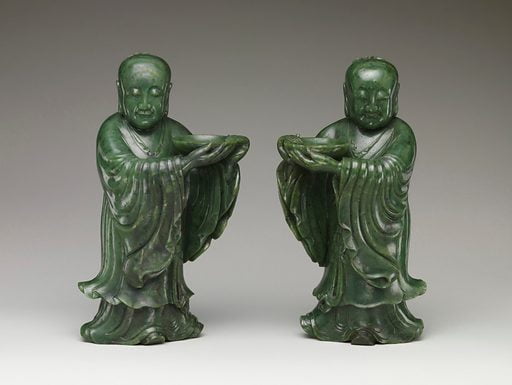
Jadeite and Nephrite Jade Meanings
Jade is primarily found in two forms: jadeite and nephrite. Jadeite is a rarer and more valuable variety of jade, often displaying vibrant colors and a high level of translucency. Nephrite, on the other hand, is more common and less valuable, with colors that may appear more muted and less translucent. Both jadeite and nephrite possess similar metaphysical and healing properties, although jadeite is generally considered more powerful due to its rarity and higher vibrational energy.
Jade Healing Properties and Uses
Physical Healing Properties
Jade has been used for centuries to promote physical healing and well-being. It is believed to help strengthen the body’s immune system, support heart health, and detoxify the body. Jade has also been used to aid digestion, relieve pain, and treat kidney and adrenal gland issues.
Mental and Emotional Healing Properties
Jade is known to help balance and heal emotional energies. It is thought to promote feelings of peace, calm, and stability, while also helping to release negative emotions such as fear, anger, and guilt. Jade can encourage self-acceptance, self-confidence, and emotional healing, making it a powerful ally in overcoming emotional challenges and personal growth.
Metaphysical Properties
Jade possesses strong metaphysical properties that can enhance one’s spiritual growth and development. It is believed to help open and balance the heart chakra, promoting love, compassion, and forgiveness. Jade is also thought to encourage spiritual awakening, enhance intuition, and connect its wearer to higher levels of consciousness.
Jade and Feng Shui
In Feng Shui, jade is considered a powerful stone for attracting wealth, abundance, and good fortune. It is often placed in the home or office to promote positive energy flow and create a harmonious atmosphere. Jade can also be used to balance the Wood element in a space, fostering growth, expansion, and vitality.
Chakra Associations
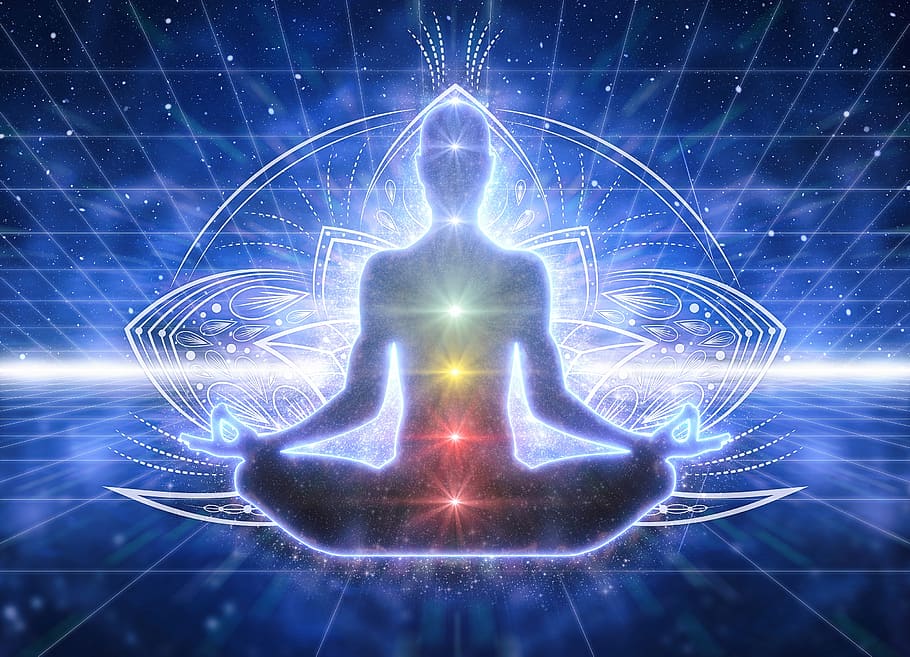
Jade is primarily associated with the heart chakra, which is responsible for love, compassion, and emotional well-being. By balancing and opening the heart chakra, jade can help promote emotional healing, foster self-love, and encourage healthy relationships. Some varieties of jade, such as purple and lavender jade, may also be associated with the third eye and crown chakras, promoting spiritual growth and higher consciousness.
How to Use and Activate Jade Crystals
To harness the healing properties of jade, there are several ways to use and activate the gemstone:
- Wear jade: Wearing jade as jewelry, such as a pendant or bracelet, can help you stay connected to the stone’s energy throughout the day.
- Meditate with jade: Holding jade during meditation can enhance your practice, promote emotional healing, and deepen your spiritual connection.
- Place jade in your environment: Positioning jade in your living or workspace can help attract positive energy, abundance, and harmony.
- Cleanse and charge jade: Regularly cleanse your jade crystals by running them under cool water or using sage smoke. To charge your jade, leave it in moonlight or sunlight for several hours.
By understanding the different meanings and healing properties of jade, you can utilize this powerful gemstone to enhance your well-being, promote emotional balance, and support your spiritual growth.
